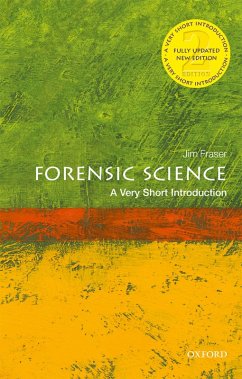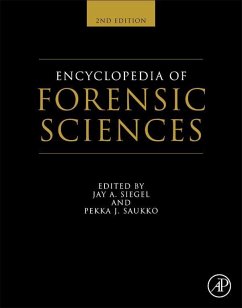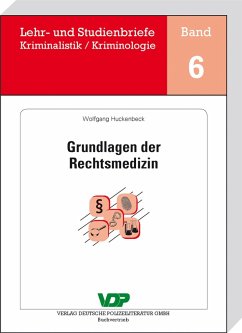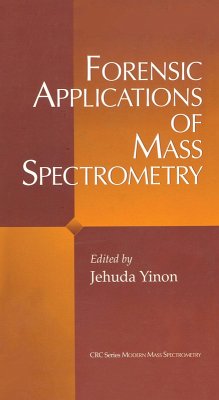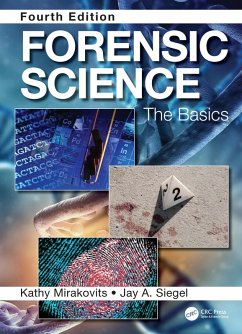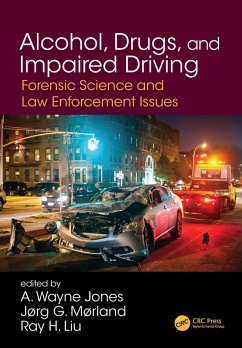
Illustrated Guide to Home Forensic Science Experiments (eBook, ePUB)
All Lab, No Lecture

PAYBACK Punkte
9 °P sammeln!
Have you ever wondered whether the forensic science youve seen on TV is anything like the real thing? Theres no better way to find out than to roll up your sleeves and do it yourself. This full-color book offers advice for setting up an inexpensive home lab, and includes more than 50 hands-on lab sessions that deal with forensic science experiments in biology, chemistry, and physics. Youll learn the practical skills and fundamental knowledge needed to pursue forensics as a lifelong hobbyor even a career.The forensic science procedures in this book are not merely educational, theyre the real de...
Have you ever wondered whether the forensic science youve seen on TV is anything like the real thing? Theres no better way to find out than to roll up your sleeves and do it yourself. This full-color book offers advice for setting up an inexpensive home lab, and includes more than 50 hands-on lab sessions that deal with forensic science experiments in biology, chemistry, and physics. Youll learn the practical skills and fundamental knowledge needed to pursue forensics as a lifelong hobbyor even a career.The forensic science procedures in this book are not merely educational, theyre the real deal. Each chapter includes one or more lab sessions devoted to a particular topic. Youll find a complete list of equipment and chemicals you need for each session.Analyze soil, hair, and fibersMatch glass and plastic specimensDevelop latent fingerprints and reveal blood tracesConduct drug and toxicology testsAnalyze gunshot and explosives residuesDetect forgeries and fakesAnalyze impressions, such as tool marks and footprintsMatch pollen and diatom samplesExtract, isolate, and visualize DNA samplesThrough their company, The Home Scientist, LLC (thehomescientist.com/forensics), the authors also offer inexpensive custom kits that provide specialized equipment and supplies youll need to complete the experiments. Add a microscope and some common household items and youre good to go.
Dieser Download kann aus rechtlichen Gründen nur mit Rechnungsadresse in A, B, BG, CY, CZ, D, DK, EW, E, FIN, F, GR, HR, H, IRL, I, LT, L, LR, M, NL, PL, P, R, S, SLO, SK ausgeliefert werden.





